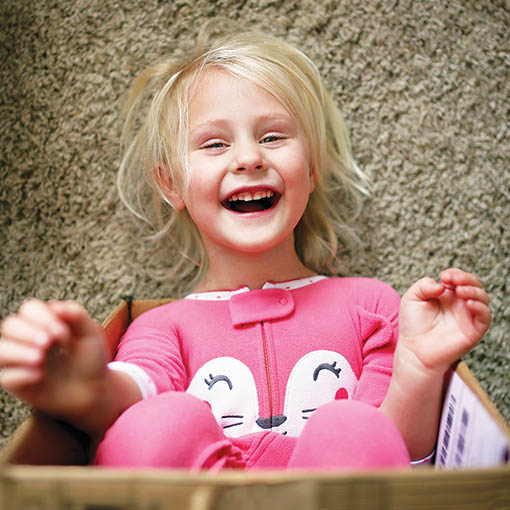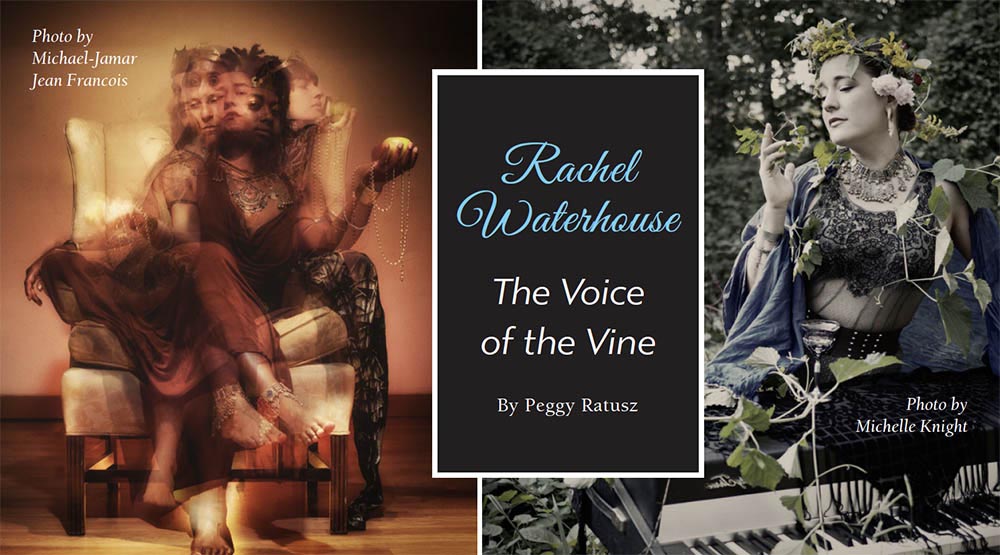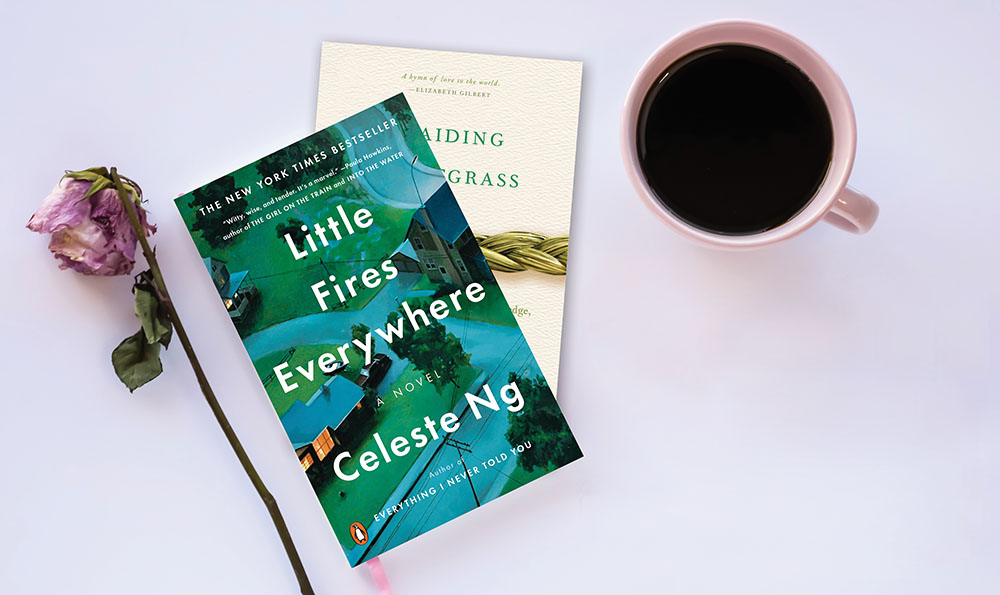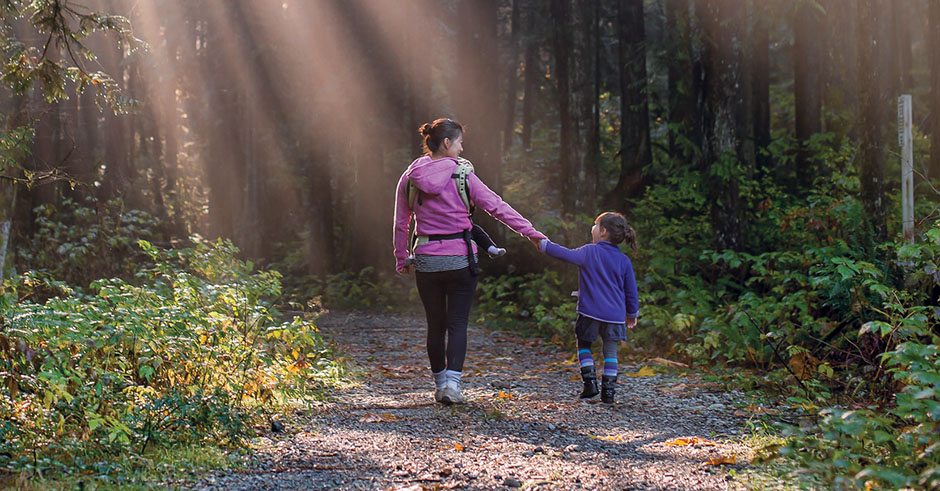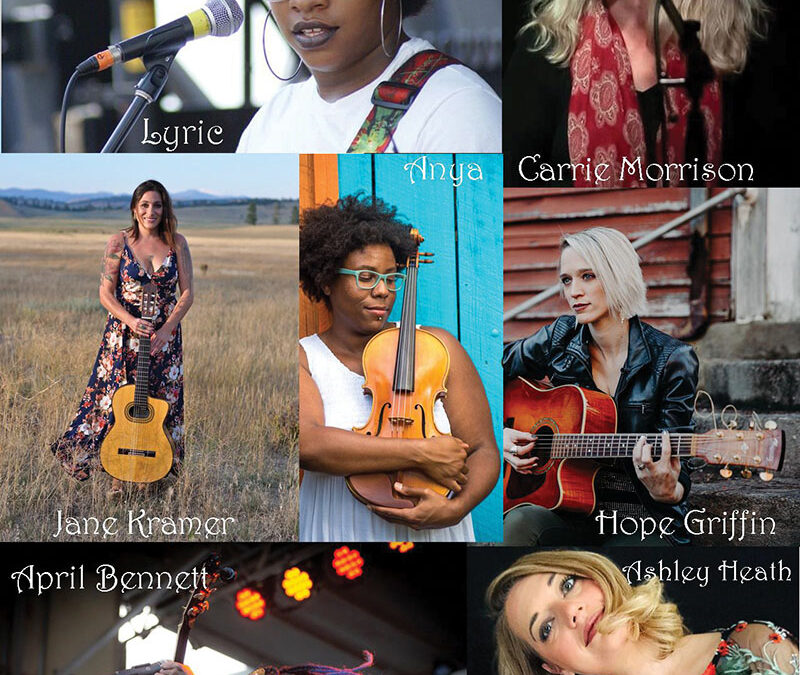
The Practitioners of Feel Good!
When the going gets tough, the creatives get more creative! It’s profoundly evident that artists, musicians and writers are juiced up and acting out the inspirations this pandemic has evoked, by sharing their various talents over social media just to make us feel better during our lockdown. I feel blessed that we dwell among these practitioners of feel-good. It’s as if all of them simultaneously began to brainstorm ways they could bring comfort to our community, as a way to ease fear and boredom that seemed to quickly and firmly take hold. Watching live stream concerts and the like, has now become ‘regular TV viewing.’
Cellist and songwriter sublime, Melissa Hyman and her husband, Ryan the “lion-hearted” Furstenberg, were the first artists I saw performing on “Facebook Live” from their dining room. With playful penguin props and jovial jive, their viewership reached into the hundreds. Others like troubadour extraordinaire Blake Elledge and local music giant Josh Blake collaborated with The Orange Peel to raise money for local musicians by introducing nightly “Quarantine Concerts,” before the “stay home/stay safe” ordinance took effect and the series had to be suspended. Since then, a plethora of musicians including yours truly, have put ourselves out there, offering virtual live stream concerts on Facebook, Instagram and YouTube, as a way to do our best to counterbalance the need to entertain with our need to make money to live on during a time when all of us have lost all our gig dates.
Since bands are no longer able to get together and rehearse much less do shows together, music makers are getting mighty innovative and energized in order to keep up their connections and co-ops. Video sharing platforms are being utilized which allow musicians to video record themselves playing or singing parts of a composition from their home studios and/or computers, and then send those files electronically onto the next person, so they can add their parts. This has become as popular as live stream concerts! Jason DeCristafaro, “Asheville’s Patron Saint of Musicians,” has successfully kept weekly jazz music nights alive by collaborating in this way. Once he marries each track together, he uploads the completed video on social media and YouTube for all who choose to watch. Each musician and vocalist donates their time and talent to benefit the venues that sponsored these showcases and that Jason hopes to resume hosting, very soon!
CaroMia Tiller chooses original songs of other area singer/songwriters, puts her own magic on them, asks others to do the same, and uses the same kind of video recording and sharing app that Jason does, to submit the finished video for the public and the songwriter to view and enjoy. With hundreds of views for each one so far, this concept is well “liked” not only because she’s brilliant, but for the way this lovingly honors her peer songsmiths!
There are couples and soloists who stage live stream concerts from home, as a way to establish their own ‘residencies’ as it were, taking over time slots for weekly or nightly concerts. Caitlin Krisko and her live-in guitarist boyfriend, Aaron Austin from The Broadcast, play each Thursday evening, a 30 minute set starting at 6:30pm called “Jamdemic.” Newcomer, bassist and guitarist Kim Butler plays a weekly happy hour called “Facemask Fridays” where she reminds everyone to BYOB! With my Corona Premier beer and lime within reach, I do my bi-weekly Saturday evening happy hour, called Silver Linings Live Streams, and Nikki Talley does “Porch Sessions” every morning complete with coffee, guitar, banjo, and song!
“Keep Music Live Project” is an online streaming of music featuring Asheville acts and was spearheaded by bassist and Girls Rock Asheville faculty member, and creator of Streamside House Concerts, Sally Sparks. Singer Songwriter, Hannah Kaminer organized a service called “Music for Quarantine.” She designed it so the public can order a personal virtual concert and conversation from a list of participating local music artists, to celebrate a special occasion for a loved one they are unable to be with during this outbreak.
Now, much to our surprise and delight, there are those in our sphere whose hidden talents have suddenly surfaced due to this unforeseen pandemic. Singer Songwriter Leigh Glass, along with Echo Mountain Recording Studio Manager, Jessica Tomasin and vocalist, Kendra Penland, merged to bring us their original character-friends, “Memaw, Granny and Abuela.” They hilariously improv their way through posted video conference calls, and we are laughing all the while. The women-of-a-certain-age they portray, are decked out in full southern regalia, with support hose, wigs, warts, and all. They scuttlebutt through hot topics like religion, pornography and liquor brands, all while giving each other delirious and mad cap, unsolicited advice about love and life.
Ashley Heath, known as the ‘hardest working musician in Asheville,’ compiles videos texted by area musicians telling ‘stupid jokes’ and posts them on her social media profile pages. Heath is now offering singing telegrams too, where she’ll call a recipient of your choice, and sing them a special song for any occasion! Lee Barker, a farmer and charcoal portraitist from Polk County started a group called “Plague Artists 2020” where artists and crafts people can post and share photos of their works as a way to get to know one another. In just a week, Lee had garnered hundreds of members from all over the globe!
As a way to assist and ease the mental strain that this pandemic creates on many levels, singer songwriter, Asher Leigh and others started a group called “Pandemic Expressions.” It’s a place to share art, conversation and opportunity. The intention of this group is creating, celebrating and supporting. It meets an extremely important need in our community.
Finally and notably, I’d like to give a huge shout out to local musician and singer, Pam Jones (The Business, Dirty Logic) as well as accordionist and Gypsy Jazz trobairitz, Sparrow Pants. The two of them have been making protective masks for the community at large as well as health care professionals in our area and in other parts of the country too. Thank you!
In closing I share with you an encouraging quote I meditate on daily that comes from my favorite spiritual guru, Abraham- Hicks: Normal will never be what it was; it’s going to be so much better.
Peggy Ratusz is a vocal coach, song interpreter, and songwriter. For vocal coaching email her at [email protected]

